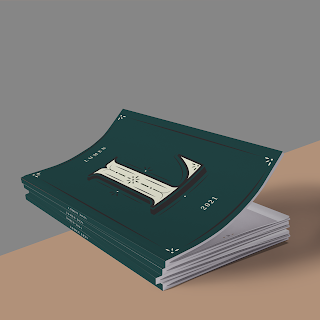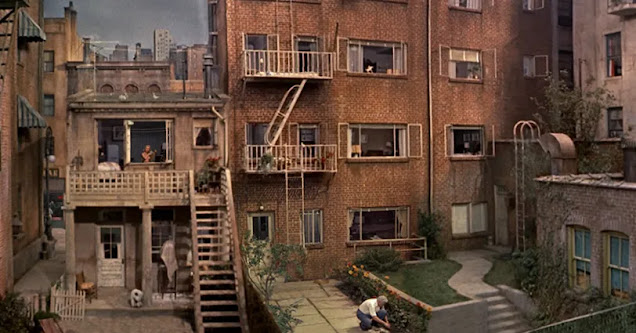The Return of William Carlos Williams
Straight out the gate: I am not fond of this man's poetry. If you're not prepared for some slight Williams bashing, I would find another post to indulge yourself in. Most of them are pleasant, I promise!
Note: Dr. Reed, since you're forced to read this for grading purposes, I apologize if you really enjoy his work.
Anyhow, I was first officially introduced to this particular poet in my Introduction to Creative Writing course, where Dr. Brown was teaching us about free verse poetry. He was a part of the imagist movement— alongside Ezra Pound and H.D. Williams— which involved several principles.
- There is meant to be a direct treatment of the "thing" being written about
- Use a minimal amount of words to convey meaning (be concise!)
- Lay out the poem musically in terms of rhythm; don't subscribe to the metronome
With these principles in mind, I'd let to make a quick correction. In class one day, I was discussing Williams and connecting him to the term "Composition by Field". I misremembered the poet; instead, the idea is accredited to Charles Olson, who was an American poet that furthered the movement of imagism. The term itself identifies the typewriter as a tool for poetry, allowing poets to utilize the rigid spacing to emphasize breath, rhythm, and rests throughout the work, making the page a "field" that the poem is resting on. An example of this is Gary Snyder's "Burning the Small Dead":
Snyder utilizes the page he's given to the fullest extent, allowing his poem to transcend the physical word. He connects the "windy fire" he's discussing to his form, as it's reminiscent of smoke swirling in the air. Good stuff.
Correction completed, I'll now move back to the topic at hand: William Carlos Williams. His poems, which has been interpreted in appallingly deep ways, are just rather lackluster. "The Red Wheelbarrow" evokes a vivid image, and even gets the reader to ponder over the meaning, but the idea could be done better. There's only so much one can rely on the page to do their work for them, and Williams' motto that there are "no ideas but in things" is absurd. We can delve into conceptual ideas to convey ideas; there's no need to depend solely upon physical objects to complete that purpose... and if one does... do it better.
"This is Just to Say" is another disappointment, and written a decade later at that. I honestly prefer "The Red Wheelbarrow" to it, and that's an achievement. At least the latter left room for speculation; here, the author feeds (hah) the reader the speaker's exact actions and feelings on the matter. I don't feel enough attachment to the speaker or the situation to care about the potential circumstances that led to the apology, leading any potential exploration into interpretation moot.
From my notes, I also did not enjoy a poem of his we read in Creative Writing: "To a Poor Old Woman". Rereading it, I stand by my previous assertion, although now I've noticed that Williams seems to have an affinity for plums in his pieces. I wonder if he enjoys them in real life? Or if he's making an allusion to something else with their usage? The poem we read also details a person eating plums, but that's not what I focus on when reading it. No, the formatting of this is what I hyperfixate on, as it's infuriating.
No, this should not be what imagism leads a poet to do, as if using end-stopped and enjambed versions of the phrase to convey different tones is genius. Ok, rant over. Let me end this on a positive note. Ezra Pound, a fellow imagist, has this delightful little poem called "In a Station of the Metro" that evokes some beautiful imagery. It's only two lines long, but manages to encapsulate an experience while also expanding upon it so wonderfully. Go, Ezra Pound!





Comments
Post a Comment